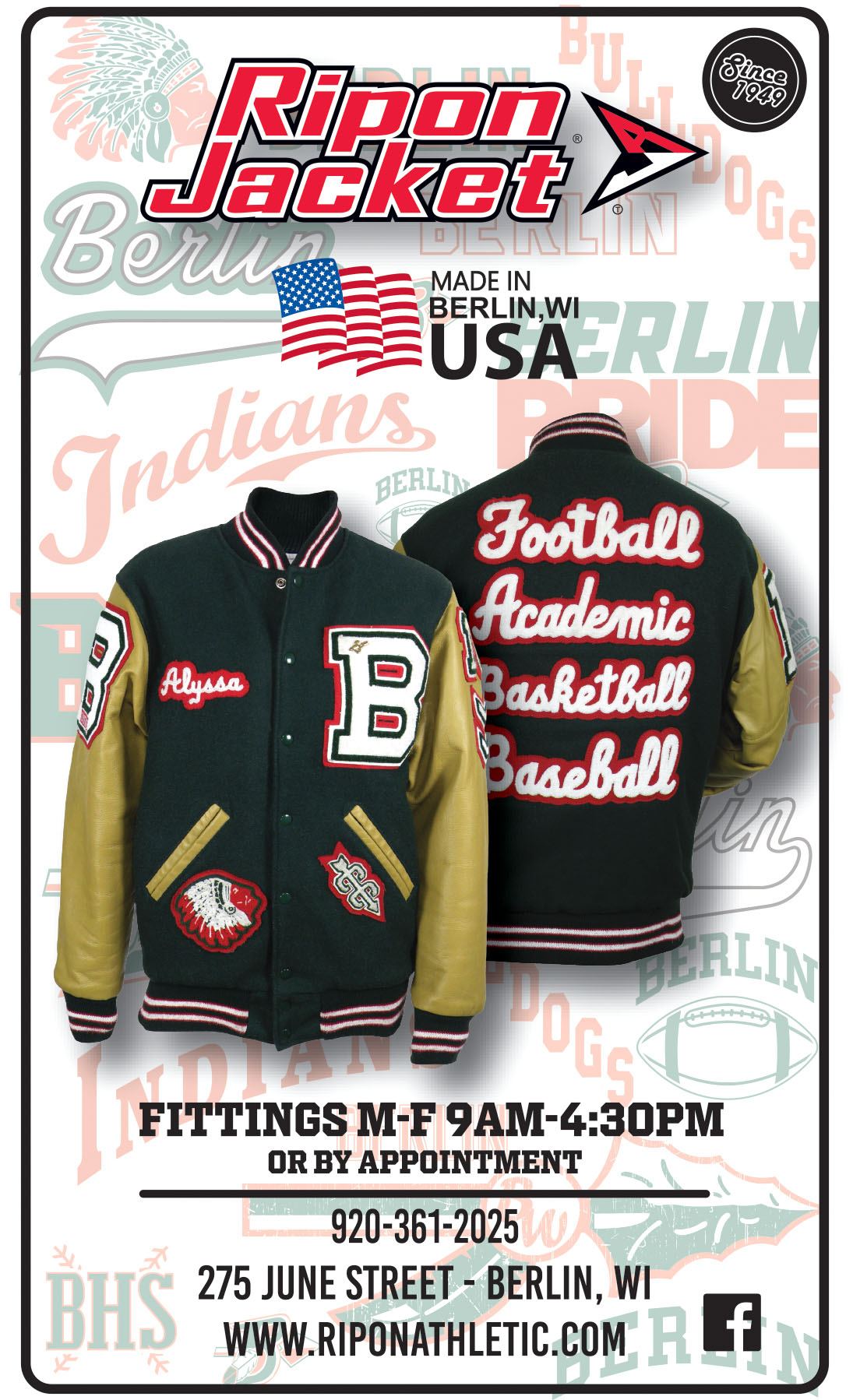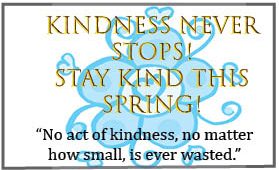Students reflect on spending habits
AJ Elm poses with a bag from Lululemon. “On an average I spend maybe $15,000 a year,” Elm said
March 1, 2023
High school students have the greatest amount of disposable income compared to any other demographic. They have very little, if any, expenses and most typically work a part time job. Many students spend this extra money on things like clothes and makeup.
“I shop all over, mainly at Lululemon, but occasionally I’ll go shopping on vacation. My favorite place to shop is Burberry or Valentino in Italy or New York,” sophomore AJ Elm said.
All of this shopping adds up, but students are typically aware of the amount that they are spending.
“I usually don’t spend more than $1,000 a month except for this Black Friday when I went on a huge shopping spree and spent $5,000 on Christmas gifts for my family and friends, as well as a MacBook for college,” senior Madeline Maxson said.
Shopping can cause a negative impact on the environment and the factory workers making the items.
“After basic needs are met, consumers begin buying items for social status; as people try to acquire more and more status, more and more expensive status products are needed. Producing all these things generates climate-changing greenhouse gas emissions. And in fact, across its life cycle, the average product results in carbon emissions of 6.3 times its own weight,” Renee Cho from the University of Columbia stated in an article called “How Buying Stuff Drives Climate Change.”
On the other hand, shopping can provide hits of dopamine for the buyer.
“Shopping makes me happy because I can express myself through clothes and makeup and also gives me time to spend with friends. I also enjoy shopping for other people,” Maxson said.
Sometimes people buy things that they then later regret.
“I regret buying a pair of Prada sunglasses that I ended up losing on the boat. It was a waste of $412,” Elm said.
Maxson also says that she has purchased things that she regrets.
“I don’t regret any of my larger purchases, but I often purchase things on Amazon without really thinking about it and then realizing I don’t actually need it. Recently, I bought a family board game and still haven’t opened the package,” Maxson said.
With the new push to be more sustainable, many companies are coming up with ways to sell their products with the environment in mind.
“I do believe that overconsumption has an effect on the environment, especially when we look at fast fashion and very inexpensive companies like Shein. When possible I try to shop from environmentally conscious brands and purchase products that are more long-term. I also like to shop at places like Goodwill and Lululemon Like New where I can buy second-hand items,” Maxson said.











